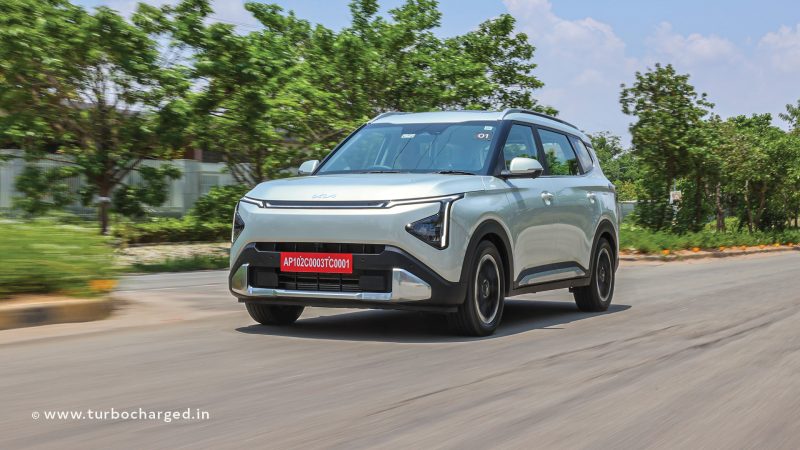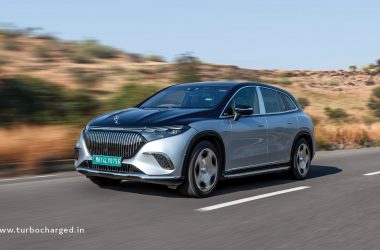Words: Abhay Verma | Photography: Saidatta Naik
The Carens was Kia India’s attempt to offer a three-row, 7-seat MPV that was more premium, more spacious and more feature-rich than a lot of other family vehicles at its price. And it turned out to be so good that Kia has sold over two lakh units of the MPV in just about three and a half years. Heck, the Carens even won India’s most prestigious automotive award, the Indian Car of the Year for 2023! And now, Kia is launching the Carens Clavis as a more aggressively styled and more premium version of the Carens that builds on the MPV’s strengths while looking more SUV-like. Importantly and rather interestingly, the Carens Clavis does not replace the older Carens, as Kia will continue selling the Carens as we know it alongside too. But why is Kia doing this, and does it make sense for the manufacturer to sell both versions of the MPV? Let’s find out!
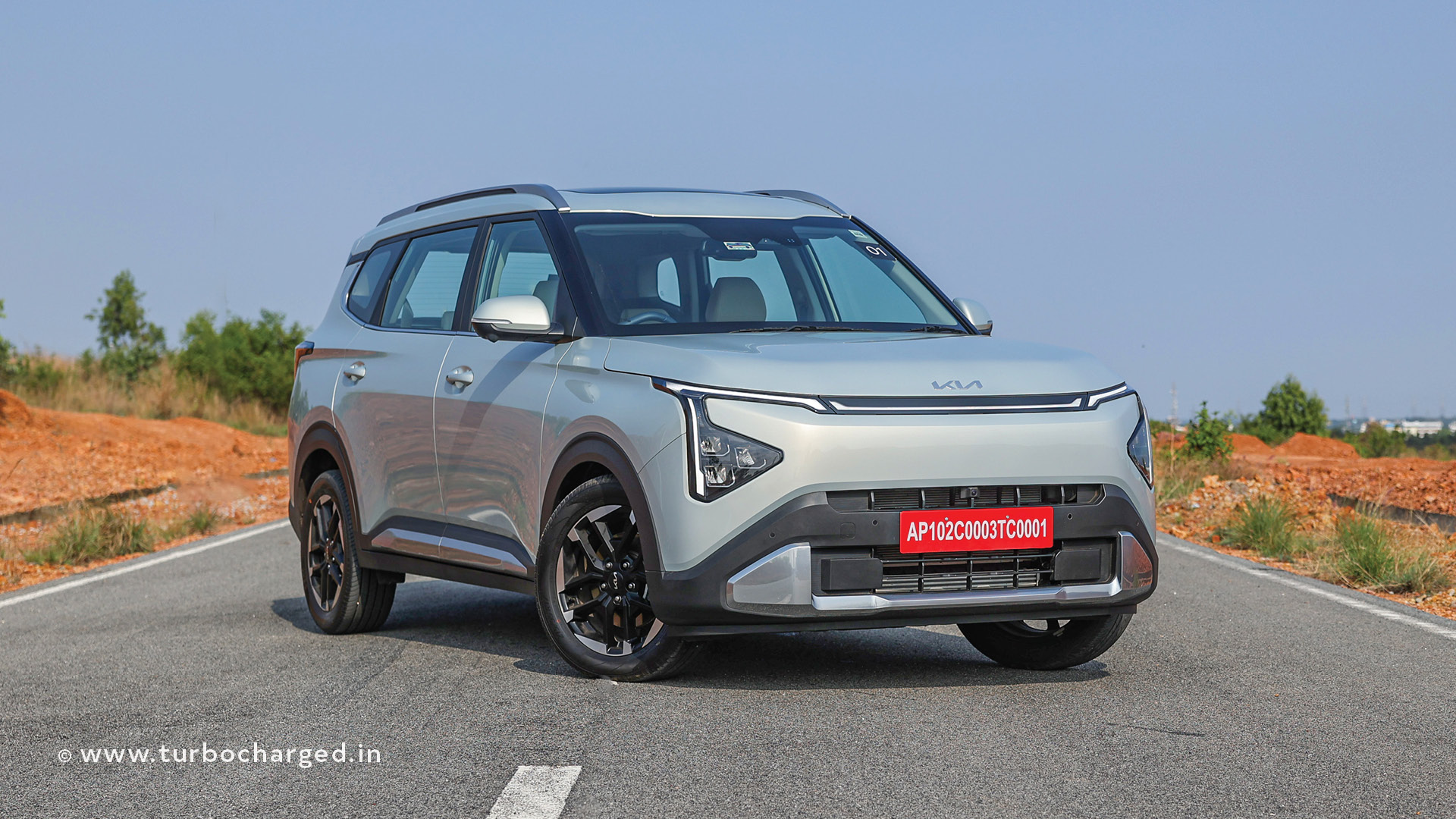
Design changes to help distinguish the two versions apart from each other are plenty, especially at both ends. Like the new headlamp design which adds more aggression to the face. There are major revisions to the grille and front bumper as well, and these are all changes that are in keeping with Kia’s intent of wanting the Carens Clavis to look more SUV than MPV. Kia has also increased wheel sizes to the same effect and top trims of the Carens Clavis run on 17-inch wheels. But apart from the new and larger wheels, it looks exactly like the older Carens from the sides, especially as you move towards the rear. Exterior dimensions including the wheelbase are the same too, except for the overall length which is up by 10mm, though that is purely owing to the new bumper design.
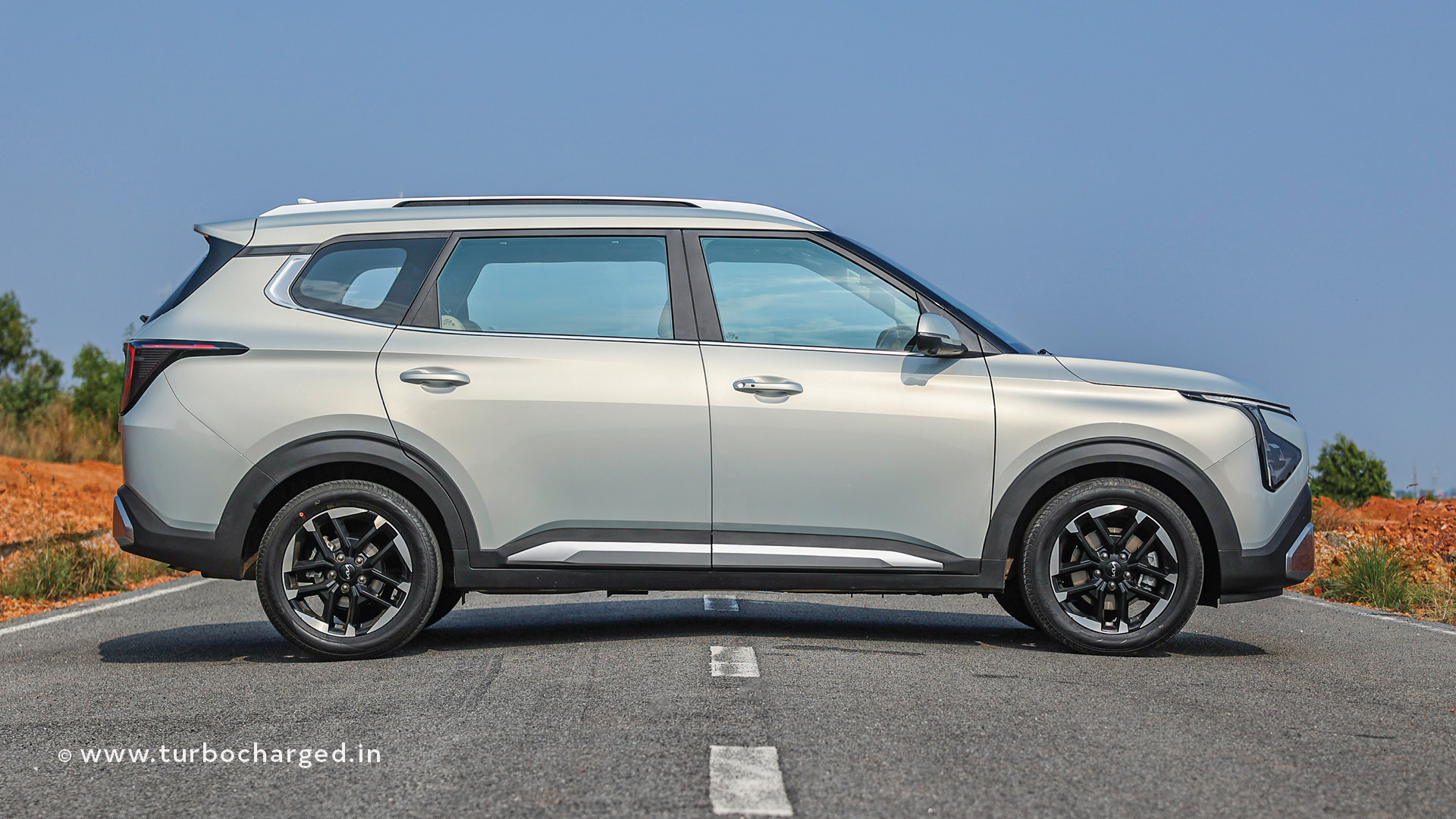
Design changes at the rear are more subtle in comparison, but effective. I like the updated tail lamp design, and also the LED strip connecting the lamps, besides which you also get a spoiler and shark fin antenna as standard across variants to add a dash of sportiness. Roof rails are on offer only on mid and top trims though. You also get skid plates at both ends, and the combined effect of these design cues is a more robust appearance and better road presence, especially as compared to the older Carens which has always had that distinctive stance of an MPV. Effectively, the Carens Clavis also looks more premium and is sure to catch the attention of midsize SUV buyers too, besides MPV buyers.
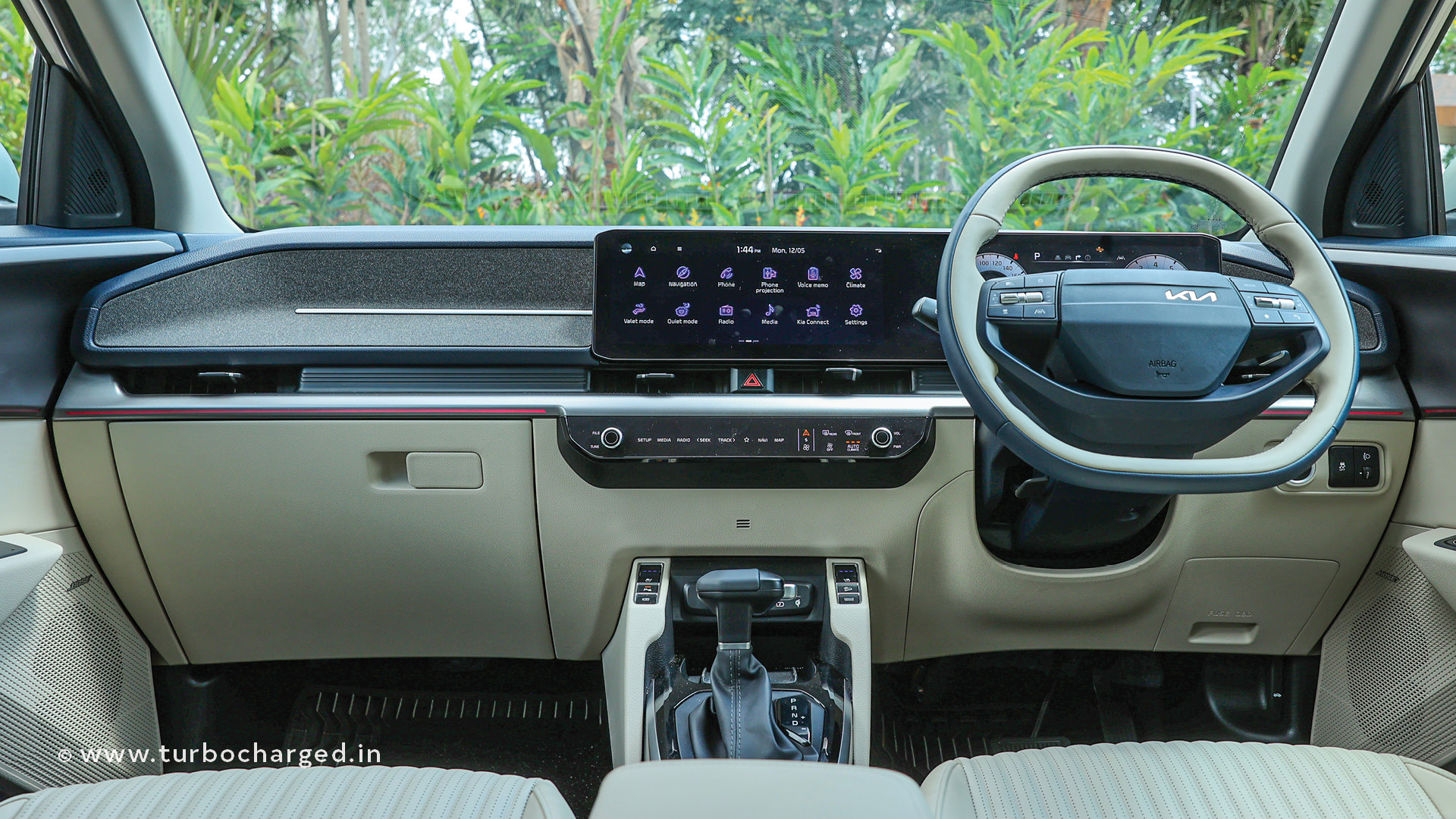
Expectedly, Kia has also updated the cabin extensively to offer an even more premium vibe. It starts with the new dashboard, besides which you now get a massive, single glass slab housing the infotainment and driver’s display now. Surface finishes and textures, especially the fabric-like texture on the dashboard remind of premium SUVs, as do the high-quality plastics and soft-touch panels, the ribbed seat covers and redesigned inside door handles. A big addition is the panoramic sunroof, available on higher trims. The centre console has been redesigned too and features a new wireless charging pad. The Carens Clavis also gets the new two-spoke steering wheel with a flat top and bottom and new controls that we saw on the Syros first. In typical Kia fashion, there are lots of storage spaces throughout the cabin, and a highlight are the cooled bottle holders for the front and second rows.
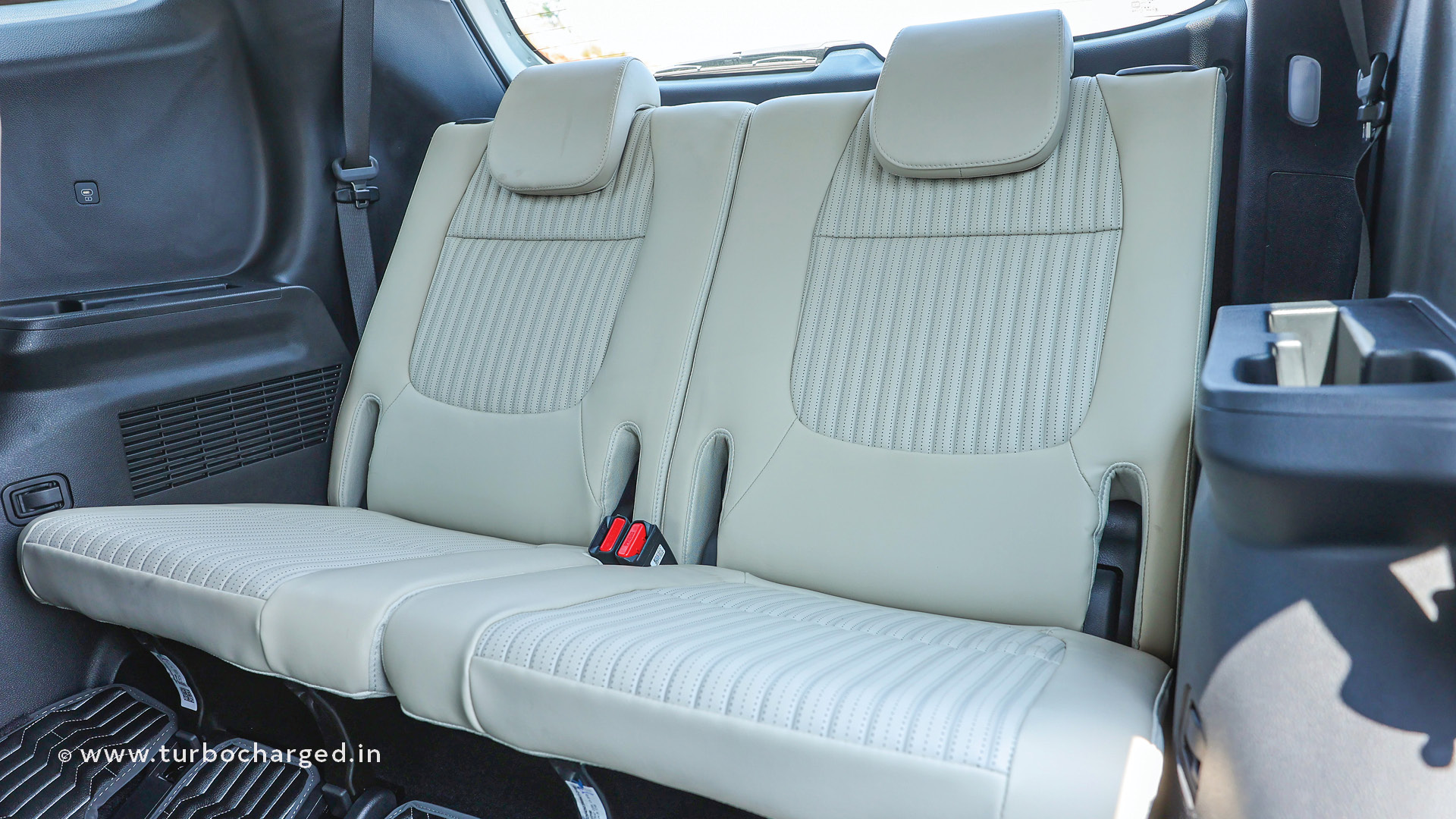
Its spacious second and third rows have always been a USP of the Carens and this has not changed in the Carens Clavis. This means the third row is still useable for adults in a pinch and the second-row seats slide and recline, regardless of whether you go for the 6-seat version with captain seats or the 7-seat version with a bench seat. You also get a ‘boss mode’ now that lets you move the front passenger seat manually to make more space for yourself in the second row, by using a lever. While not motorised, this is a feature that’s sure to be appreciated by a lot of buyers. The one-touch tumble function for the second-row seat to access the third row has been carried over too. What’s also noteworthy is that despite the inclusion of a panoramic sunroof, Kia has ensured there’s adequate cooling vents for second and third row occupants. On the same note, there are two fast charging Type-C USB ports in the second row and one on each side in the third row, besides one Type-A and one Type-C USB port at the front, adding to convenience irrespective of where you are seated.
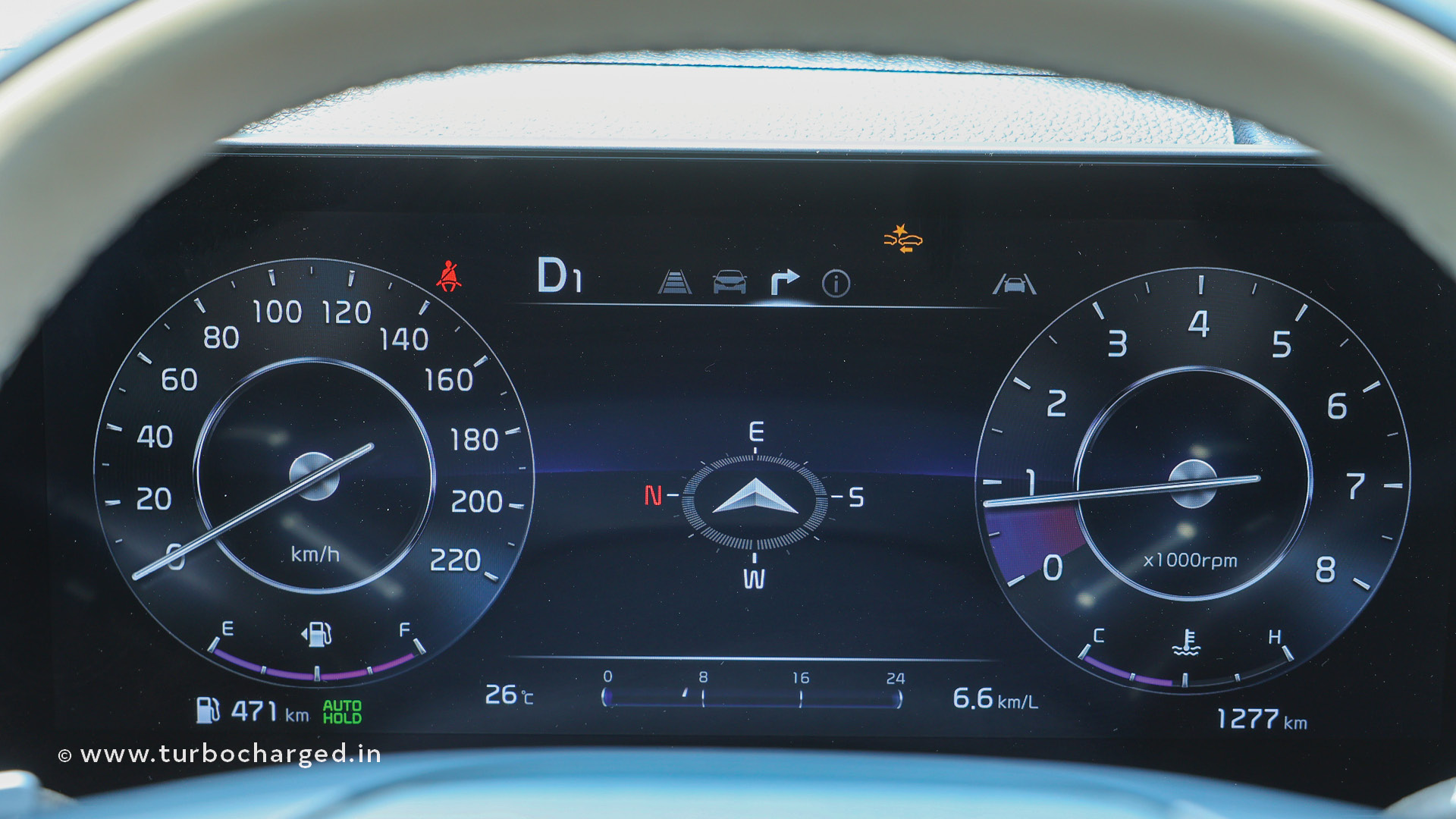
Kia has always ensured its cars are equipped with segment-first features and the Carens Clavis is no different. You get Level 2 ADAS with 20 autonomous features, two 12.25-inch displays, besides a touch panel below the infotainment screen that lets you switch between controls for air-conditioning and the music system. You also get 360-degree view and an electric parking brake, and the latter has also helped in liberating more space in the centre console. The driver’s seat gets four-way electric adjust in higher trims to recline or slide the seat though height adjustment is still a manual affair. You also get 64-colour ambient lighting and customisable themes for the driver display, which can be linked to the driving modes, and an 8-speaker music system from Bose. The infotainment system integrates a long list of functionalities, including voice commands in English and Hindi and supports over-the-air updates, though Apple CarPlay/ Android Auto connectivity still requires a cable and is not wireless. You get a bunch of connected car features as well, to locate your car or check its status remotely. These are besides what Kia calls the Advanced Total Care System, which can send real-time pre-emptive maintenance notifications to your dealer, enabling services like workshop appointments and making roadside assistance a swift affair.

There’s no change to the powertrains which means you get the same, 1.5-litre naturally aspirated petrol engine, 1.5-litre diesel engine and 1.5-litre turbocharged petrol engine. The turbocharged petrol is what we drove, which puts out the same 160PS and 253Nm as it does in the Carens. Like before, you can pair the engine to a 7-speed dual clutch automatic, but additionally, unlike before, Kia is offering this engine with a 6-speed manual gearbox as well in the Carens Clavis. We only drove the automatic version, which is a powertrain option we are familiar with. The engine feels smooth and refined though there is a slight vibration around the 4,000rpm mark. Performance is brisk and building speeds is a cinch, while the dual clutch automatic gearbox offers quick responses. The turbo-petrol thus endows the Carens Clavis with a long-legged feel and it feels quick to munch miles, making it apt for comfortable long drives with family.

The Carens has always impressed us with its comfortable ride quality given its positioning as a family MPV and this trait remains unchanged in the Carens Clavis. This is despite the fact that the Carens Clavis has gotten heavier thanks to the various changes to the vehicle, and also the fact that Kia has had to re-calibrate the suspension accordingly. It soaks up potholes and bumps impressively, despite the underlying sense of firmness offered by the suspension. This is also impressive considering that wheel sizes have gone up by an inch on the top trim we drove and consequently, the aspect ratio of the tyres has gone down. On the other hand, the larger wheel sizes aid handling, and the Carens Clavis feels more confident now, be it while changing lanes at highway speeds or when going around bends.
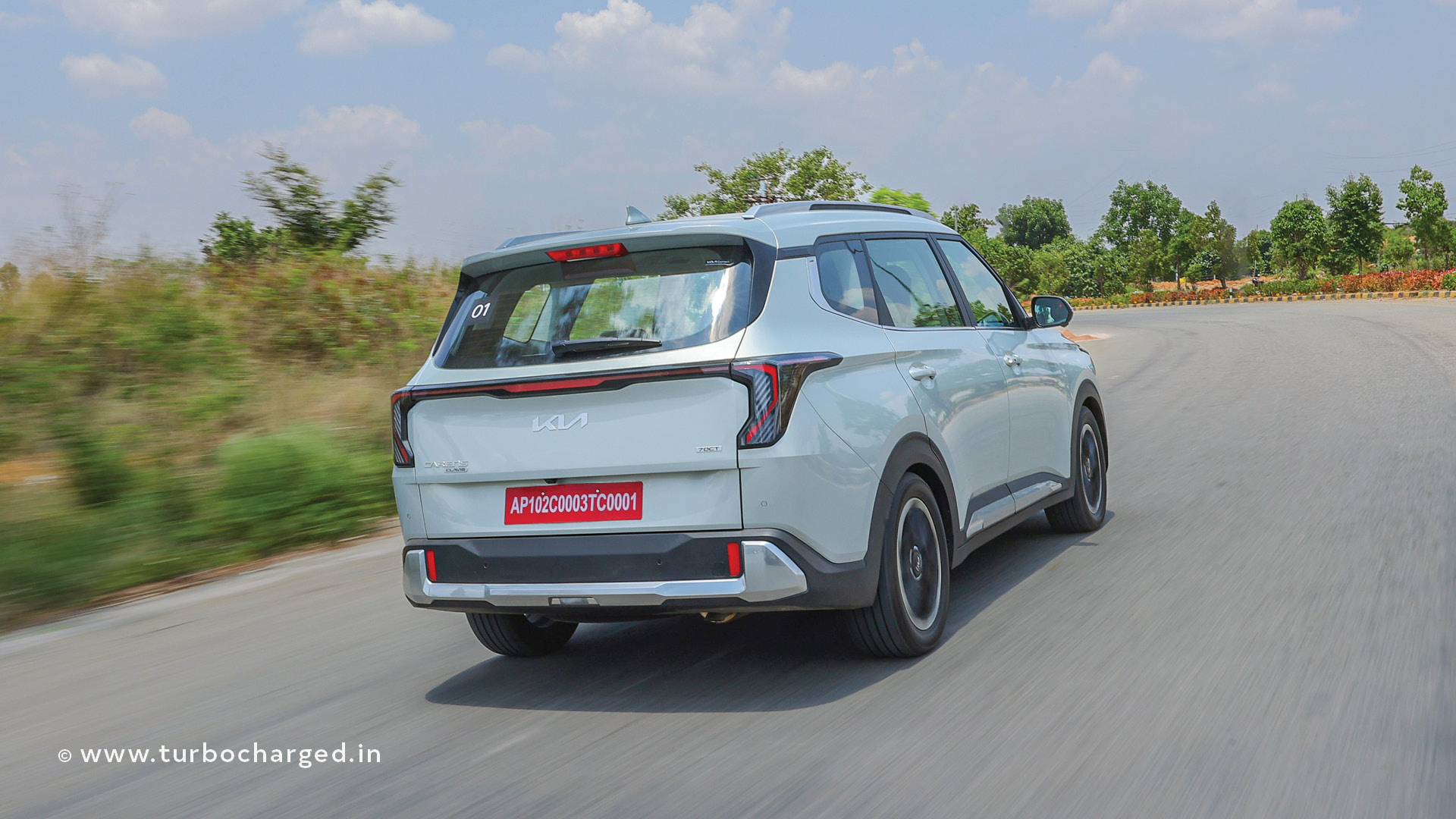
In a nutshell, this updated Carens, with the Clavis suffix, and a raft of updates and the inclusion of more features, looks quite promising. And yes, Kia has also differentiated it from the older Carens cleverly. So yes, it does make sense for Kia to sell both versions of the MPV, because while this one will appeal to family car buyers and chauffeur-driven executives, commanding a small premium of course, the older Carens will continue to add to Kia’s sales numbers by appealing to both family car buyers and fleet owners. With that said, expect the Carens Clavis to command a premium over the Carens, in keeping with its higher equipment levels. Prices will be announced on May 23, 2025.





